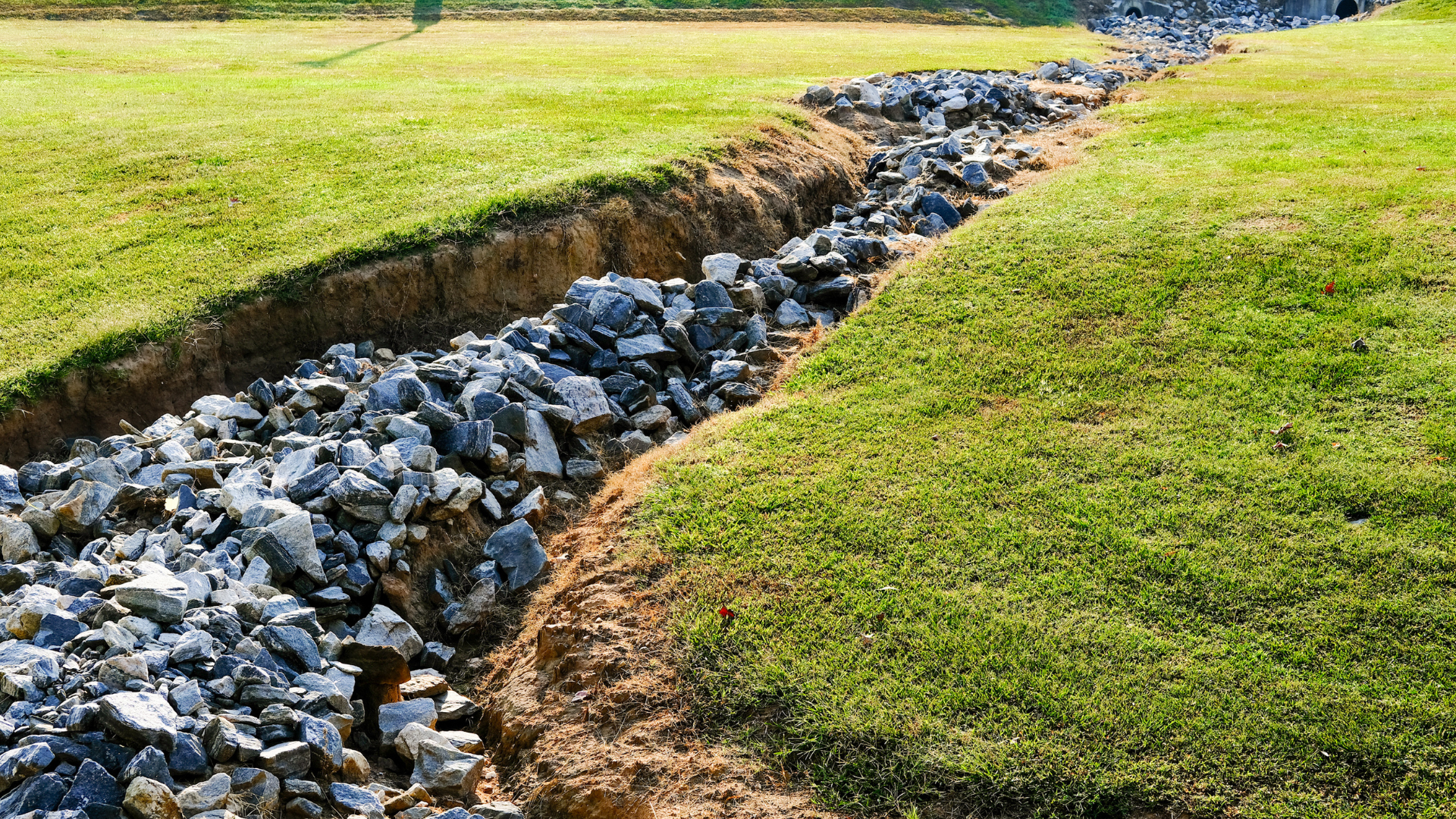Why Drainage Is Rising Up the Planning Agenda in Wales
In recent years, drainage has moved from a background consideration to a central issue in planning across Wales. With rising flood risks, tightening regulations, and a legal requirement for sustainable drainage approval in many cases, developers and homeowners alike are finding that surface water management is no longer optional, it’s essential.
A Changing Climate and a Changing System
Wales has experienced an increase in extreme rainfall events, leading to more frequent surface water flooding. In response, planning authorities and regulators are placing greater emphasis on how new development manages runoff, especially in areas with existing drainage capacity issues.
At the same time, the planning system itself has evolved. Since 2019, most developments that create 100 square metres or more of new hard surface must secure approval from the Sustainable Drainage Approval Body (SAB). This requirement, introduced under Schedule 3 of the Flood and Water Management Act, applies separately to the planning process, but it must be addressed for development to proceed.
Why Drainage Needs to Be Considered Early
Many applicants are still unaware that SAB approval is needed, or underestimate the implications it has for site layout, design, and costs. In some cases, projects have been delayed or refused because drainage wasn’t addressed early enough.
Similarly, proposals located within areas identified as flood zones may require a Flood Consequence Assessment (FCA) as part of the planning submission. This technical assessment evaluates the site’s flood risk and demonstrates whether the development is acceptable under national and local policy.
These requirements affect a wide range of developments, from new homes and conversions to agricultural buildings and commercial sites. Whether or not the development seems “high risk,” failing to plan for drainage at the outset can lead to major setbacks later on.
Planning Authorities Expect More
Local planning authorities are increasingly holding applicants to higher standards when it comes to drainage. It is not enough to include a basic soakaway or mention SuDS in passing. Authorities want to see:
How surface water will be managed on-site
Whether runoff will impact surrounding land or infrastructure
Evidence that the development will remain safe and sustainable over time
That the proposal complies with national policy and local guidance
In short, drainage must be considered as part of the core planning strategy, not as an afterthought.
Expert Guidance Makes the Difference
Understanding when SAB approval is required, whether an FCA is necessary, and how to reflect drainage within a planning application can be complex. Getting it right from the start can save time, reduce costs, and increase the likelihood of a successful outcome.
Clwydian Planning offers expert guidance on all aspects of the planning process, including drainage and flood risk. If you need advice or have a development in mind, we’re here to help.


